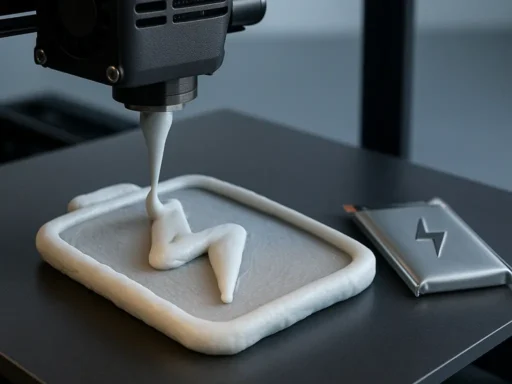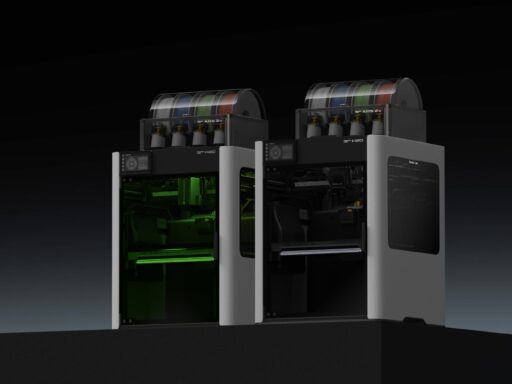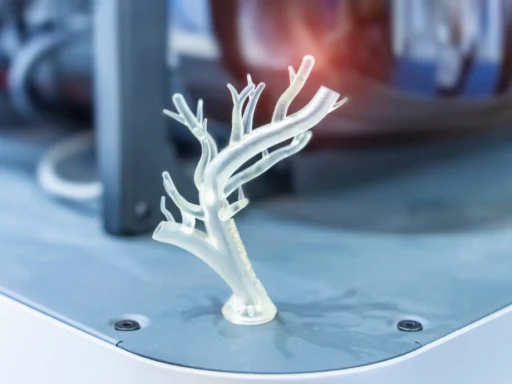In a time when environmental consciousness is at the forefront of global discussions, 3D printing technology emerges as a potential game-changer in a quest for a greener future. Revolutionizing the manufacturing industry, this groundbreaking technology has unlocked unmatched levels of innovation and customization across a wide range of sectors. As we continue to uncover the full potential of 3D printing, it is crucial to keep our focus on the environment, and our impact on it.

Gazing at an assortment of 3D printed objects, one cannot help but be amazed by the ingenuity that has brought them to life. However, this enthusiasm must be tempered with the understanding that with great power comes great responsibility. We need to ensure that our newfound creative capabilities, as exciting as they are, do not wreak havoc on our precious planet. It is at this juncture that eco-friendly 3D printing takes the spotlight, offering a vision of sustainability and a steadfast commitment to minimizing our carbon footprint.
Is that even possible? Read on for some easy tips.
Embracing Sustainability in 3D Printing
To usher in a sustainable future through 3D printing, we can adopt a new generation of materials, moving away from the dependence on petroleum-based plastics. The focus now shifts to biodegradable filaments such as PLA, PHA, and PCL, which naturally decompose over time. While these materials may not always match the strength of their traditional counterparts, the environmental benefits they offer are undeniably compelling.

What’s Already Being Done: Innovations in Sustainable 3D Printing
Recycling has been a fundamental aspect of sustainability efforts for years, and 3D printing proudly follows suit. By transforming plastic waste into recycled filaments like rPET, rABS, and rPLA, we breathe new life into discarded materials and contribute to a thriving circular economy. Envision a world where every abandoned plastic bottle is repurposed into a 3D-printed creation, and serves a meaningful function.
As we delve deeper into the world of sustainable materials, we encounter innovative solutions derived from bio-based and renewable resources, such as wood, algae, and even food waste. While these materials introduce their own unique challenges, their ability to reshape our connection with the environment is nothing short of awe-inspiring.
The pursuit of a greener future encompasses not just the adoption of sustainable materials but also the refinement of the technical aspects of 3D printing. This involves exploring energy-efficient printers and processes that proactively minimize our ecological impact. One notable development in this area is solar-powered 3D printing, which harnesses renewable energy to power the printers, thus reducing dependence on fossil fuels. Although this technology is still in its nascent stages, its potential to revolutionize the industry is immense.
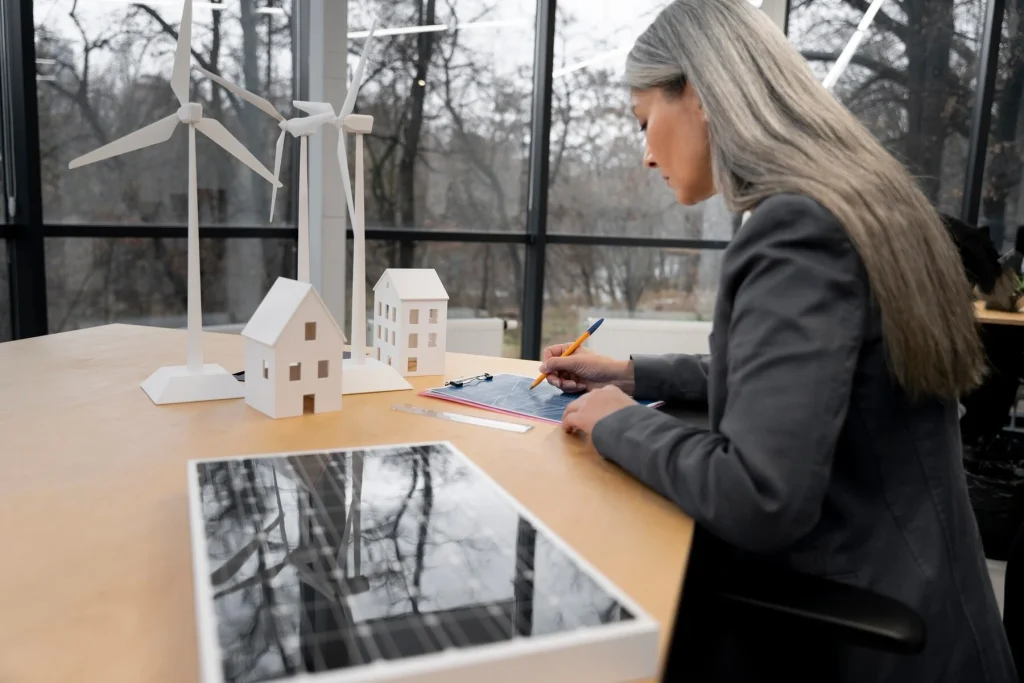
In the realm of software, sophisticated tools and algorithms play a crucial role in optimizing designs and print settings to reduce material usage and waste. One such innovation is the use of lattice structures, which are complex, lightweight, and geometrically intricate patterns. By incorporating these structures into designs, we can maintain structural integrity while significantly reducing the amount of material needed, ultimately lowering the environmental footprint of 3D printed objects.
What We Need to Learn and Encourage: Responsible Management and Collaboration
A key element in advancing eco-friendly 3D printing is the responsible management of printed materials, which includes efficient disposal and recycling processes. By establishing comprehensive recycling programs, we can ensure that used and unwanted 3D printed objects are effectively repurposed or transformed into new filaments. This approach promotes a circular economy within the industry, where materials are continuously reused and waste is minimized.
Fostering a culture of collaboration and knowledge-sharing within the 3D printing community is essential in driving the development and implementation of sustainable technologies and practices. Open-source platforms, partnerships between academic institutions and industry leaders, and information exchange at conferences and workshops can significantly accelerate the adoption of eco-friendly solutions. By engaging in such collaborative efforts, we can raise awareness, inspire industry-wide change, and empower the next generation of 3D printing innovators to prioritize sustainability as a fundamental principle in their work.

To truly understand the sustainability of 3D printing processes, we must turn to life-cycle assessments and environmental impact studies. These tools allow us to compare traditional manufacturing methods with 3D printing, providing invaluable insight into how we can continue to refine our approach to eco-friendly manufacturing.
Get Inspired: Trailblazers in Sustainable 3D Printing
Real-world examples that demonstrate the power of sustainable 3D printing are truly inspiring. In the medical field, 3D printed prosthetics made from recycled materials have transformed the lives of amputees, offering affordable and environmentally conscious solutions. Moreover, the fashion industry has begun to embrace sustainable 3D printing, with designers such as Julia Daviy creating stunning, biodegradable clothing pieces.
The world of 3D printing is ever-evolving, with breakthroughs in materials science and technology paving the way for a more environmentally conscious future. By expanding the use of 3D printing across industries, we can reduce our carbon footprint and make a lasting, positive impact on our planet.
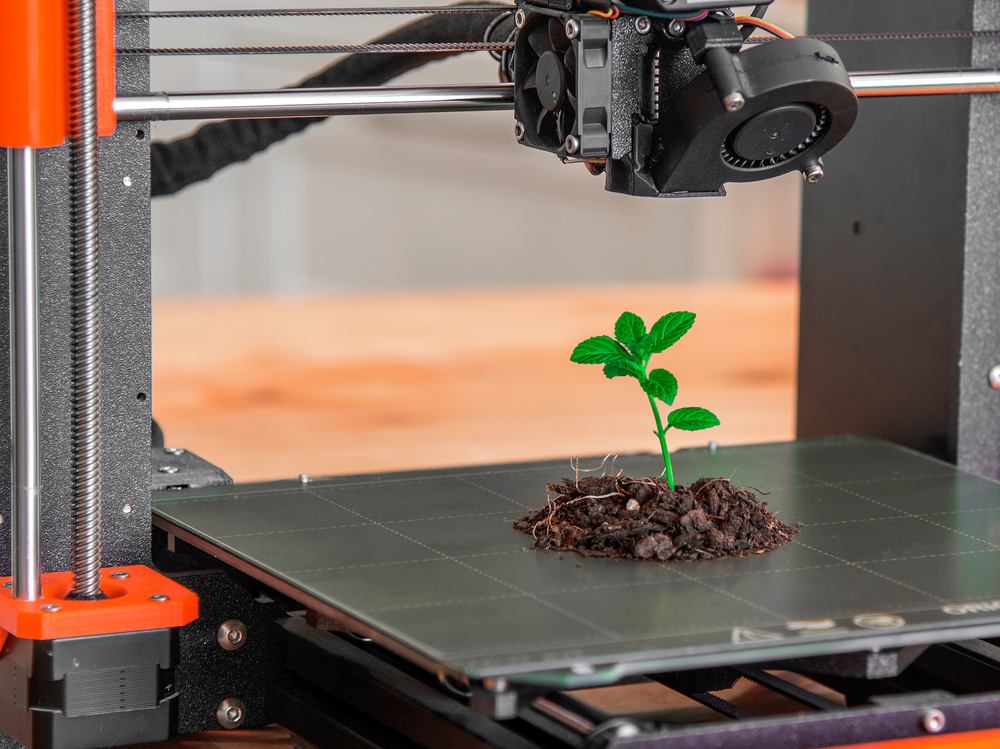
In the aerospace industry, for example, the adoption of 3D printing has led to lighter and more fuel-efficient components, reducing the environmental impact of air travel. Companies like SpaceX have utilized 3D printing to create more sustainable rocket parts, while Airbus has turned to 3D printing to optimize the design of its airplane components.
In the realm of sports equipment, eco-friendly 3D printing is making waves with the creation of customized, high-performance gear made from sustainable materials. For example, Carbitex, in collaboration with CCM Hockey, has developed a 3D printed hockey helmet liner using a carbon-neutral material, offering both enhanced protection and reduced environmental impact.
Another striking example can be found in the marine industry, where 3D printing has been employed to develop sustainable solutions to preserve ocean ecosystems. Startup Reef Design Lab, for instance, has utilized 3D printing to create artificial coral reefs that mimic natural coral structures, providing a habitat for marine life and helping to restore damaged ecosystems. This innovative use of 3D printing not only contributes to biodiversity but also has the potential to bolster local economies through ecotourism.

In the realm of education, 3D printing is fostering a new generation of environmentally conscious creators. Schools and universities are increasingly incorporating sustainable 3D printing practices into their curricula, allowing students to engage with innovative design processes while understanding the environmental implications of their creations. These educational initiatives are planting the seeds for a future in which sustainability and innovation walk hand in hand, driving transformative change across various industries.
Challenges and future developments
As we celebrate the triumphs of community-driven initiatives, it’s vital to recognize the obstacles that lie ahead on our journey toward eco-friendly 3D printing. The delicate balance between sustainability, functionality, and cost remains a formidable challenge, as the industry strives to develop new materials and techniques without compromising performance. As advances in materials science and 3D printing technology continue to unfold, our collective focus must be on raising awareness and fostering the widespread adoption of environmentally responsible practices.
It is up to each and every one of us – from industry professionals and enthusiasts to everyday consumers – to play our part in this journey toward a more sustainable future. We need to encourage continued innovation and the adoption of greener practices across industries, all while fostering a sense of shared responsibility for our planet’s well-being.
In the end, it is not just about creating a new gadget or a groundbreaking design – it’s also about redefining our relationship with the environment, pushing the boundaries of what is possible while keeping the Earth’s best interests at heart. Together, we can turn the dream of a greener future into a reality, one 3D printed object at a time.
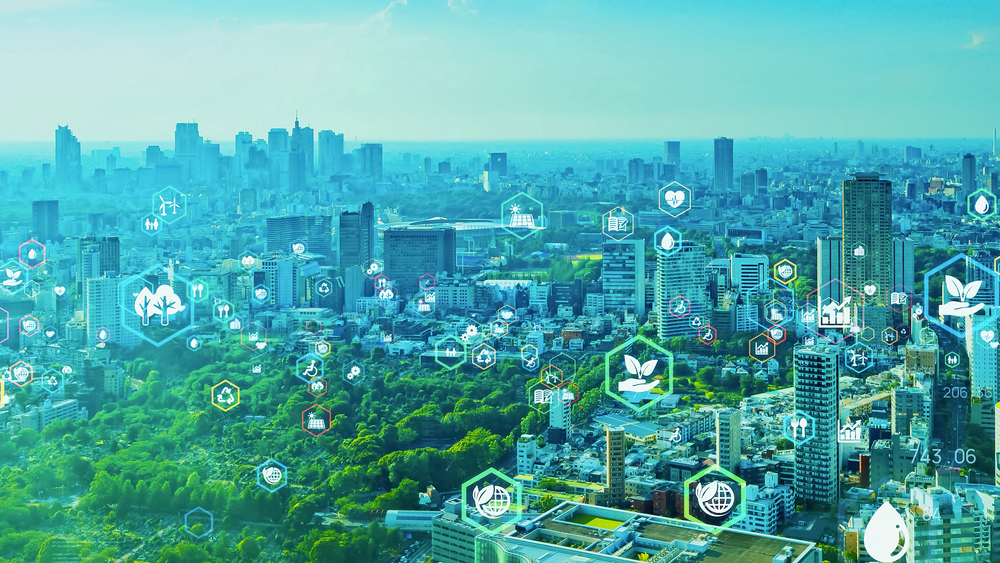
The dangers of not adopting a green approach in 3D printing are numerous. Without sustainable practices, we risk exacerbating existing environmental issues such as plastic pollution, excessive waste generation, and increased energy consumption. The consequences of these problems are far-reaching, affecting ecosystems, wildlife, and ultimately, human health. By neglecting the importance of eco-friendly 3D printing, we jeopardize our planet’s resources and the delicate balance that sustains life on Earth.
What might happen if we don’t adopt a green approach in 3D printing?
The dangers of not adopting a green approach in 3D printing are numerous and significant. Without sustainable practices, we risk exacerbating existing environmental issues such as plastic pollution, excessive waste generation, and increased energy consumption. The consequences of these problems are far-reaching, affecting ecosystems, wildlife, and ultimately, human health. By neglecting the importance of eco-friendly 3D printing, we jeopardize our planet’s resources and the delicate balance that sustains life on Earth.
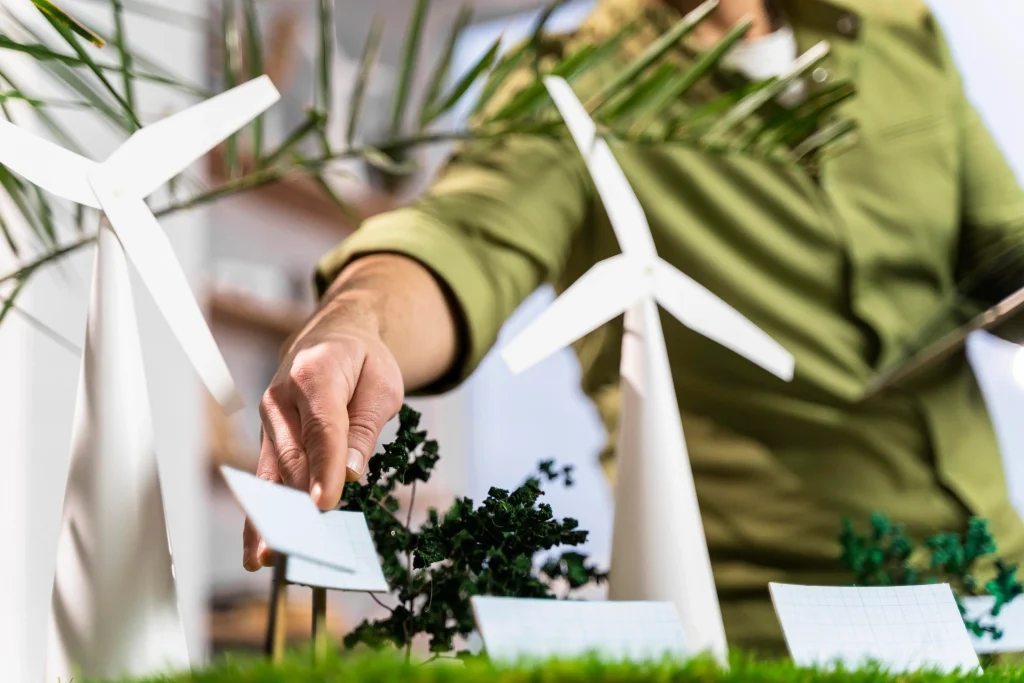
Real-World Examples and dangerous ramifications
- Plastic pollution: Traditional petroleum-based plastics, such as ABS, are widely used in 3D printing but are not biodegradable, leading to long-lasting environmental pollution. A striking example is the Great Pacific Garbage Patch, a massive accumulation of plastic waste in the ocean, which poses a threat to marine life and ecosystems. Microplastics, which are tiny plastic particles resulting from the degradation of larger plastics, can also enter the food chain and ultimately impact human health.
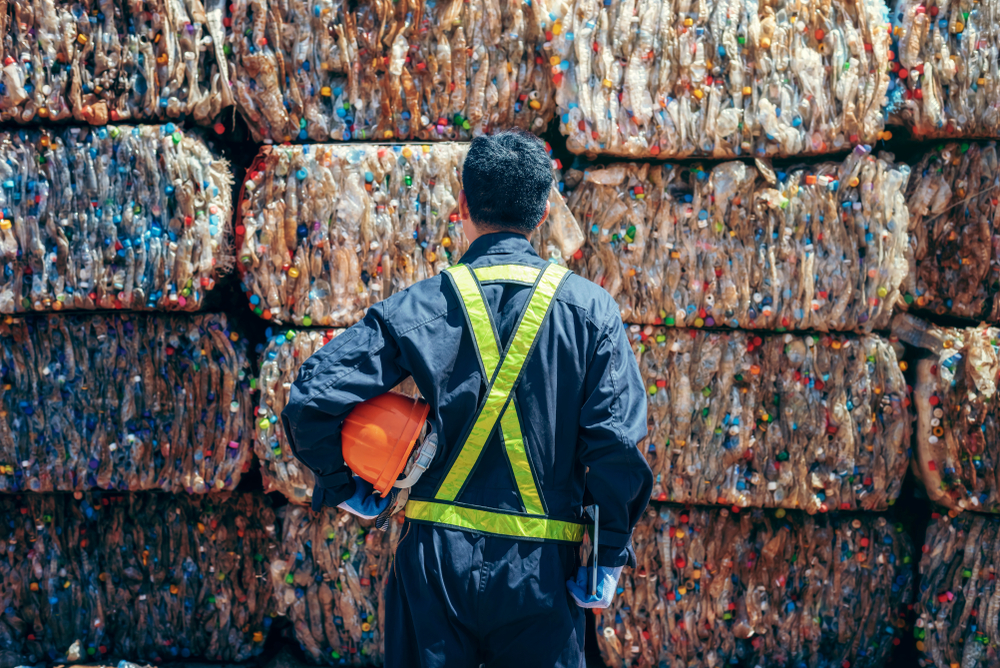
- Excessive waste generation: Conventional 3D printing processes can lead to significant material waste, especially during the prototyping phase, where multiple iterations are often required. This waste contributes to landfills and incineration, releasing harmful greenhouse gasses and contributing to climate change.
- Increased energy consumption: Traditional 3D printers consume large amounts of energy, often powered by non-renewable sources such as coal and natural gas. This energy consumption contributes to greenhouse gas emissions and air pollution, negatively impacting climate and human health. For example, in 2016, a study found that 3D printing an object using ABS plastic generated 30 to 70 times more emissions than injection molding the same object.
- Resource depletion: The use of non-renewable materials in 3D printing, such as petroleum-based plastics, contributes to the depletion of finite resources. As the demand for these materials continues to grow, it increases pressure on natural resources, potentially leading to resource scarcity, price volatility, and geopolitical tensions.
- Loss of biodiversity: Unsustainable 3D printing practices can also result in habitat destruction, pollution, and the introduction of invasive species, all of which can lead to a loss of biodiversity. For example, plastic waste from 3D printing can entangle or be ingested by wildlife, causing injury, illness, or death.
A New Eco-friendly World Awaits
Eco-friendly 3D printing offers a promising path towards a more sustainable future, with the potential to revolutionize industries and transform our relationship with the environment. By embracing sustainable materials, technical advancements, and best practices, we can work together to overcome the challenges that lie ahead and contribute to a greener, healthier planet.
Let us all take this call to action and strive to make eco-friendly 3D printing the standard, ensuring that our collective efforts pave the way for a brighter, more sustainable.


